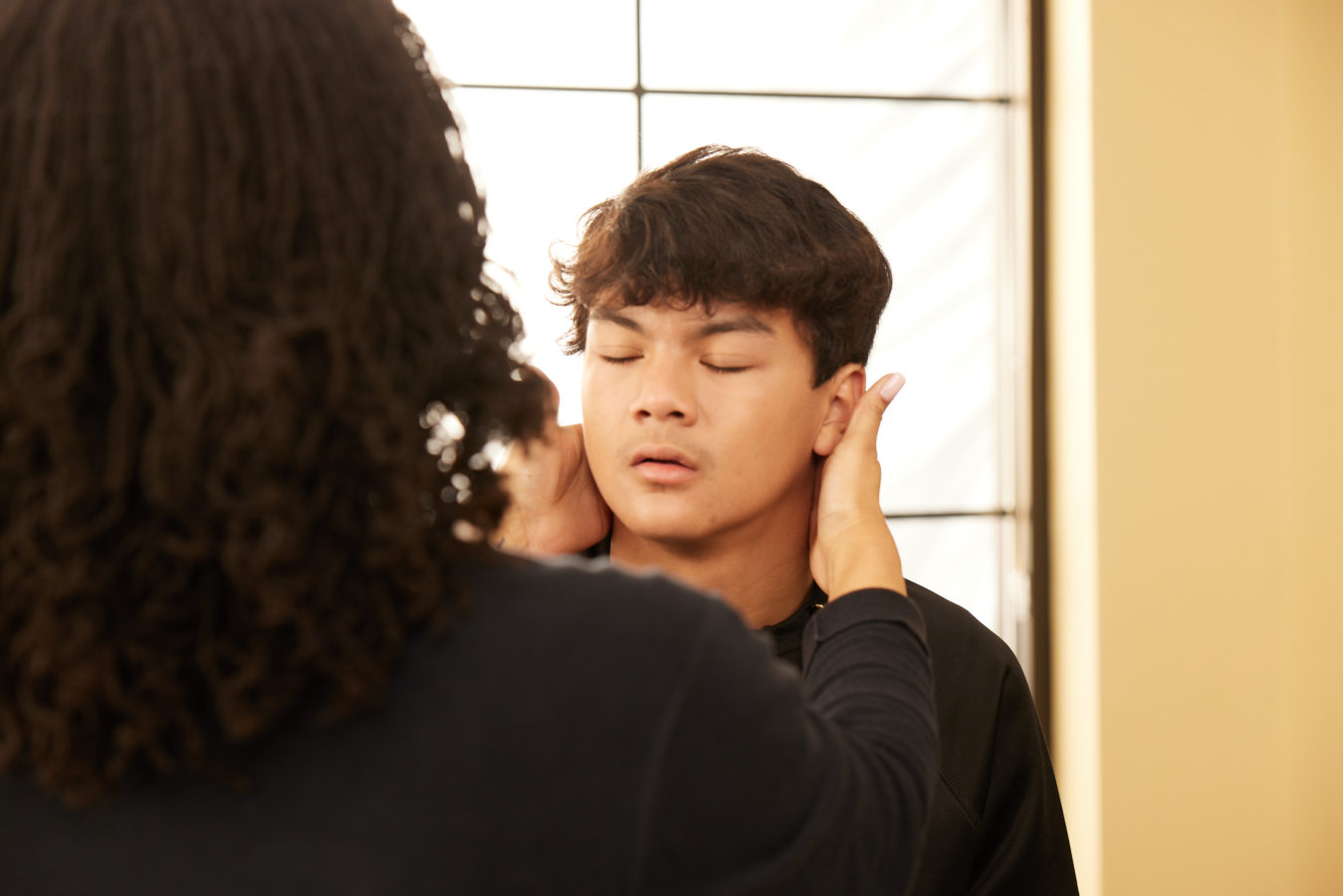
Vertigo, the sensation or illusion of spinning, can have many root causes. Physical therapy for vertigo can help diagnose the cause and determine your best course of treatment.
Vertigo is a common ailment that affects many people every year. Although it isn’t life threatening, it can substantially affect the quality of life. Vertigo is a sensation of spinning, rocking, or moving even if sitting still. Symptoms of vertigo are often worse with moving the head or body, such as rolling over in bed or bending over to pick something up. If aggravated, vertigo can also be associated with lightheadedness, nausea, or vomiting.


A physical therapist will complete a comprehensive evaluation to determine the underlying cause of your vertigo and will create a customized program to address your needs. Treatment for vertigo may include:
If BPPV is the cause of your vertigo, your treatment will likely include canalith repositioning procedures. This moves the crystals back into place, usually with a set of movements called the Epley Maneuver. This treatment typically resolves symptoms in 1-2 visits, but a small percentage of patients will have persistent symptoms that require additional treatment that may include a different repositioning procedure known as the Semont Maneuver or habituation exercises to correct signs. Even after symptoms have resolved, your physical therapist may provide additional balance training tailored for inner ear problems.

*Services are not available at every location. Visit our Locations page for more details.